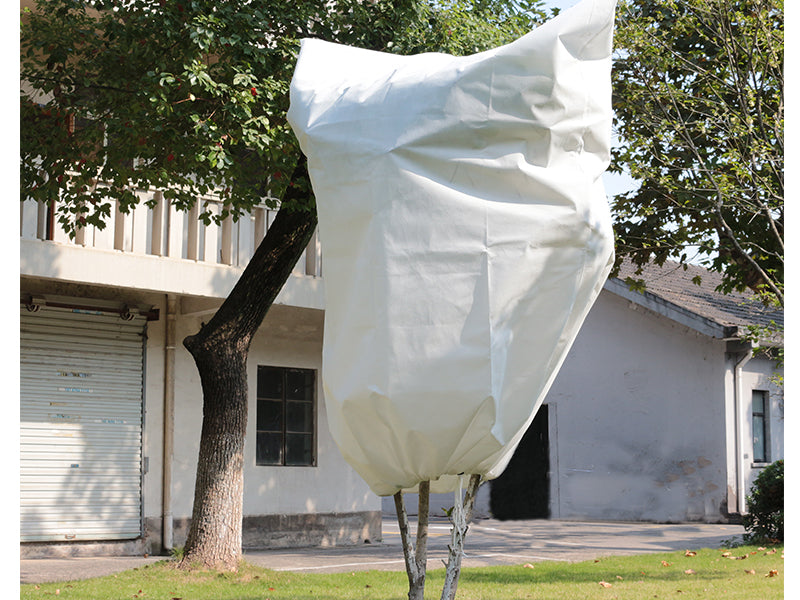
Cold weather is still an issue for many of us, and after the record-setting cold front which blasted most of the country in December we’ve all learned a few lessons about protecting plants from freezing weather. There are many possible approaches to protecting your plants from a hard freeze, depending on the type of plant and your space. Some work better than others, and many of you have reached out to us asking for more information. Let’s take a look at some ways you can protect your plants from freezing weather, the difference between a frost and a hard freeze, and what we’ve all learned this winter.
There are a variety of ways you can protect your plants from freezing weather, depending on your needs. However, they all come with an important caveat: none of this is foolproof. If it gets cold enough, nearly any method of protecting your plants will fail. Seasonality and seasonal changes are part of gardening, and while we have some ways of working around them, weather will ultimately do what it wants. So bear that in mind as we move forward—we’re all doing our best and making use of the best options available to us in order to give our plants their best chance at surviving freezing weather.
For brushes with cold weather—frosts, a brief dip into the freezing temps, or cold nights followed by warm days—there are a variety of easy options available. Row covers and plant covers are easy to use, reusable year after year, and offer protecting for your plants against cold snaps and frost. For smaller plants or container plants, portable greenhouses can do the same thing by trapping warm air around your plants and protecting them from cold overnight temperatures, frosts, or cold snaps.
But what do you do if you’re facing a serious bout of cold weather? If you’re looking at a hard freeze—defined here as temperatures well below freezing for a sustained period, or days at a time without warm-up—you may need to do something a bit more involved to protect your plants. Adding additional layers of insulation can help a good day; one example would be using individual plant covers and then covering them with a blanket, or tarp, or both. For shrubs and larger plants, we recommend the following approach:
- Water appropriately:damp soil holds heat better than cold soil, but watering in cold weather must be undertaken carefully. We’ve written more about that here, so please review that advice first.
- Mulch heavily:mulch does so much for your plants and your soil. In winter it can help hold moisture and heat in, while helping to protect the roots and stem of your plants from frosts and freezing weather.
- Wrap the truck or stem:wrapping the truck or stem of a plant in some kind of insulation helps keep the cold out and protect the plant. Burlap is a classic material for this, but you can use whatever you have as long as it stays dry.

- Use a plant coverfor the foliage/aerials: These are the parts of the plant most vulnerable to frost and freezing, so protect them carefully. The good news is that most plants will bounce back from damage to their leaves, but every bit helps.

- Cover the whole thing with a tarp:using a waterproof tarp as an outer layer can help keep cold rain, snow, and sleet away from your plant while holding warmer air in.

- Remove covering when weather warms up:if you leave all this protection in place when temperatures come back up, you can cause heat damage to your plant, or encourage premature blossoming. Plant covers are to be used as the situation dictates, so keep an eye on the weather forecast!
Again, no technique for protecting plants from cold weather is 100% effective, with the possible exception of bringing them indoors. We wrote this blog to pass on what we’ve learned this winter both in our own gardens and from the Gardzen community. We hope it helps! If you have any tips, tricks, or ideas for protecting plants from freezing weather, get in touch. We love to hear from you!

Leave a comment